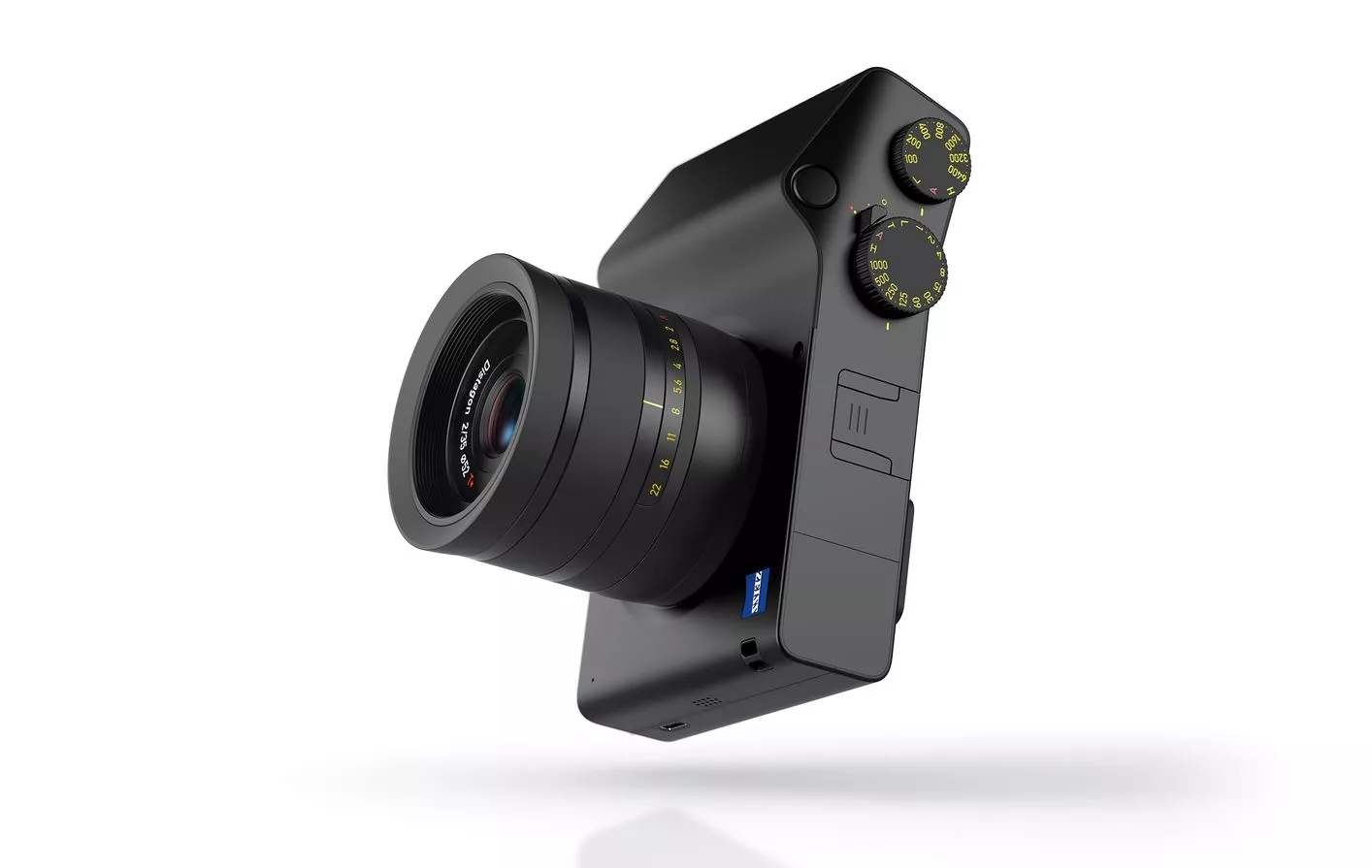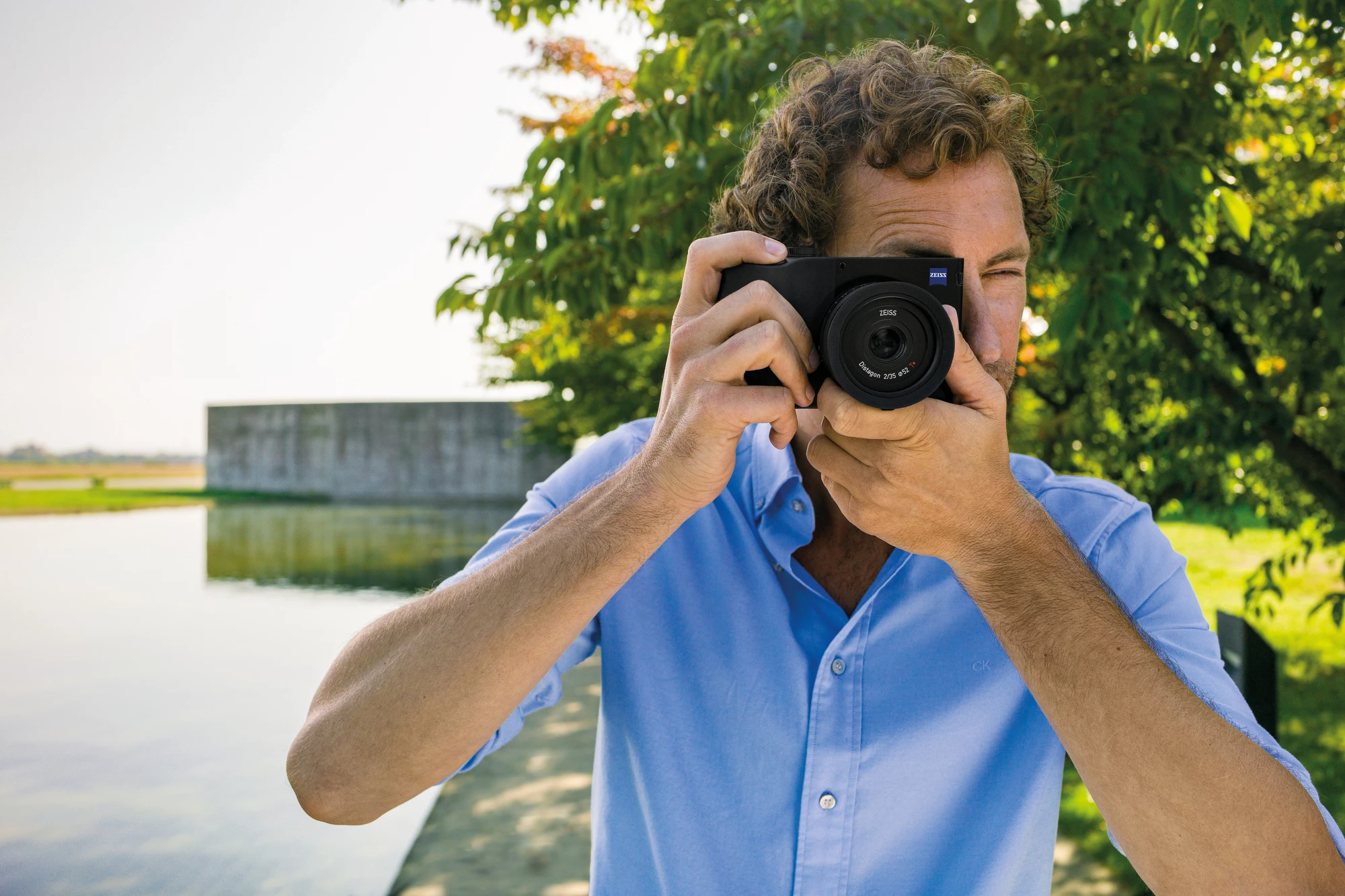Renowned lens maker Zeiss hit the show floor at Photokina 2018 with a full-frame mirrorless camera designed for shooting, editing and sharing all from the one device. Now the ZX1 has finally gone from concept to reality. And it's pricey.
"The concept of the Zeiss ZX1 opens up new ways in digital and connected photography," said Jörg Schmitz, head of Zeiss Consumer Products. "The Zeiss ZX1 combines the potential and superior image quality of a full-frame camera with the mobile experience and intuitive use of smartphones for photography."
Out front is a newly developed, non-interchangeable Distagon 35-mm f/2 T* lens that's paired with a 37.4-megapixel full-frame (24 x 36-mm) CMOS image sensor housed within the 5.59 x 3.66 x 3.7-in (142 x 93 x 93-mm) body. The camera is reported to make use of contrast- and phase-detection autofocus and rocks ISO80 to 51,200 light sensitivity.
Around back, you'll find a 0.7-in OLED viewfinder and a huge 4.3-inch, 1,280 x 720-pixel multi-touch display panel. The latter allows the user to edit images on the camera itself, with the device coming with the Adobe Lightroom app preinstalled – a year's free subscription to Lightroom and 1 TB of cloud storage are also included in the package. There's a slight bend to the right edge of the display too, which is handy for the placement of controls and menu icons.

On the movie-making front, the ZX1 is capable of recording 4K video at up 30 frames per second in the H.265 codec, or up to 60 fps in Full HD using H.264, and there's a built-in stereo microphone for capturing AAC audio.
Photo and video content is stored on an internal 512-GB SSD, which Zeiss reckons should be good for over 50,000 JPG-format images, or almost 7,000 RAW image files.
Once photos and footage are ready for backup or sharing, they can be moved off the device over USB-C or wirelessly sent to cloud storage or social media channels via 802.11ac Wi-Fi. And finally, there's Bluetooth 4.2 onboard, and the camera body is home to a 3,190-mAh Li-ion battery – though Zeiss makes no mention of expected per charge usage life.
The ZX1 is up for sale now for US$6,000, and is currently available in the US and Germany only.
Product page: ZX1









